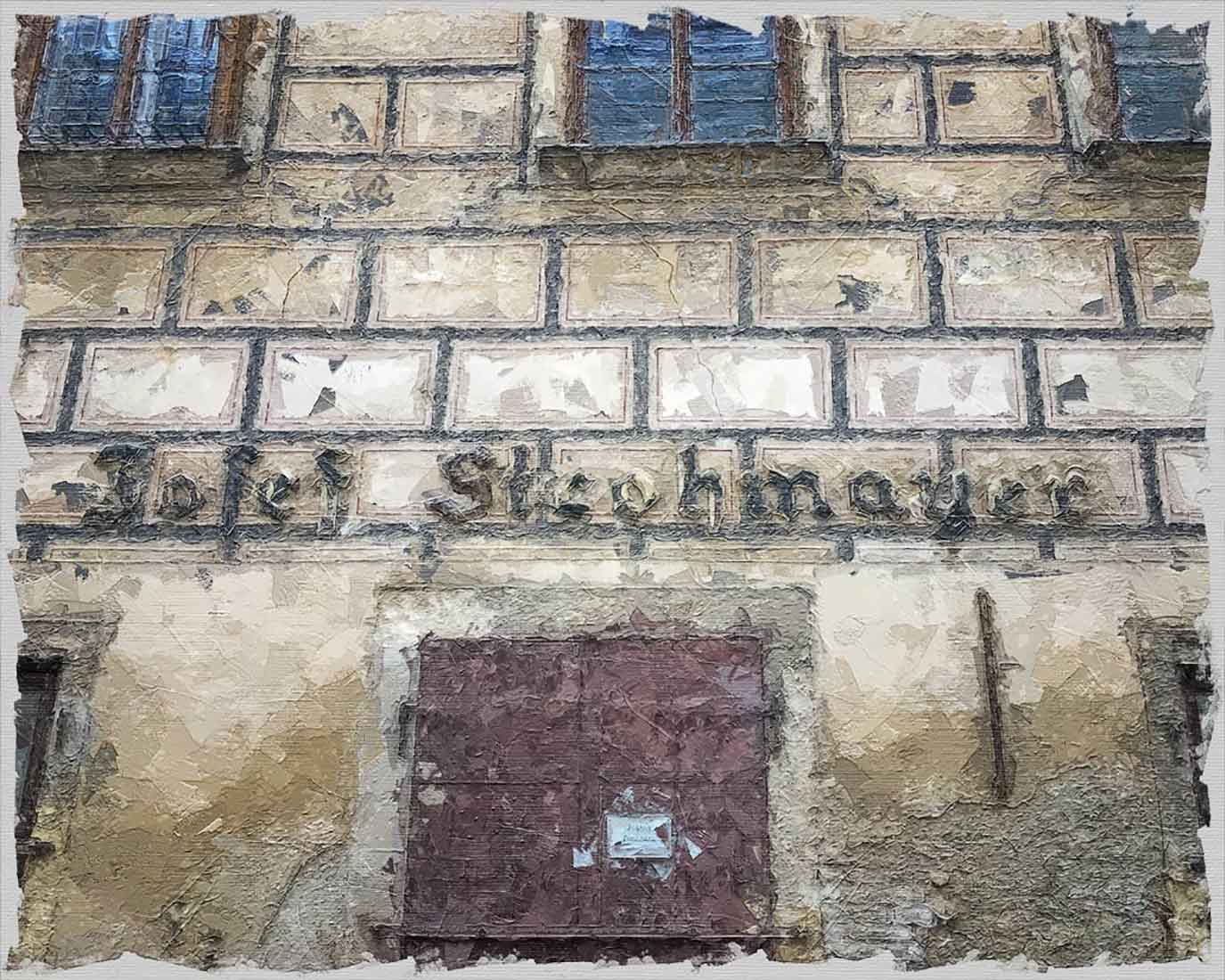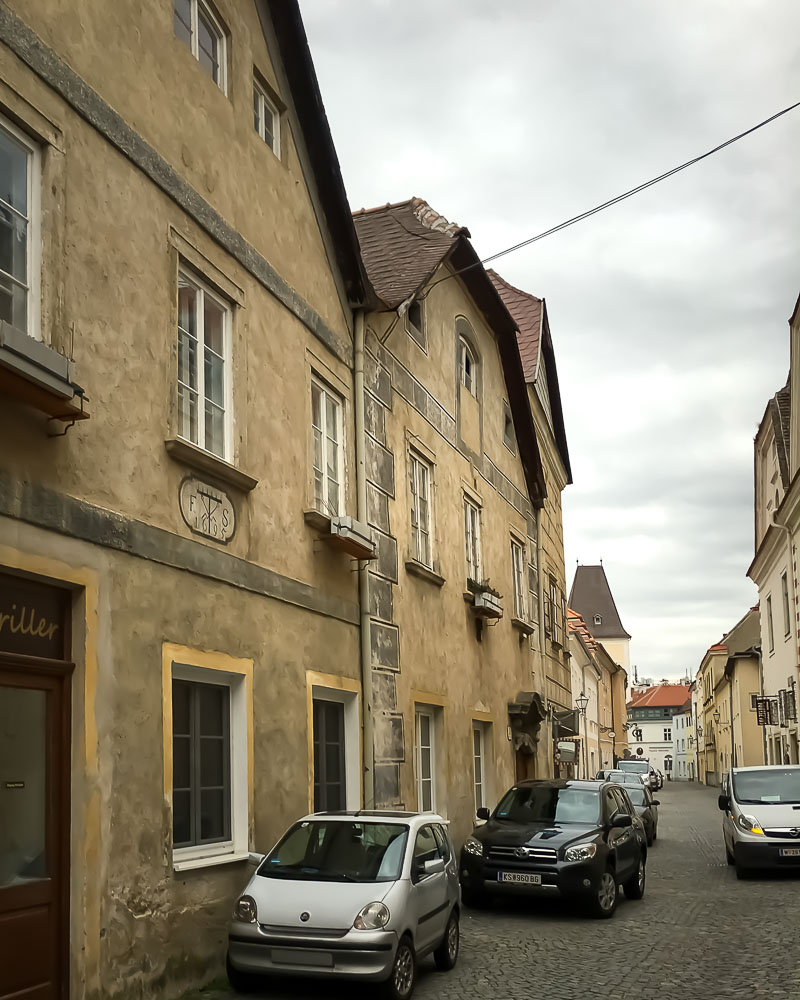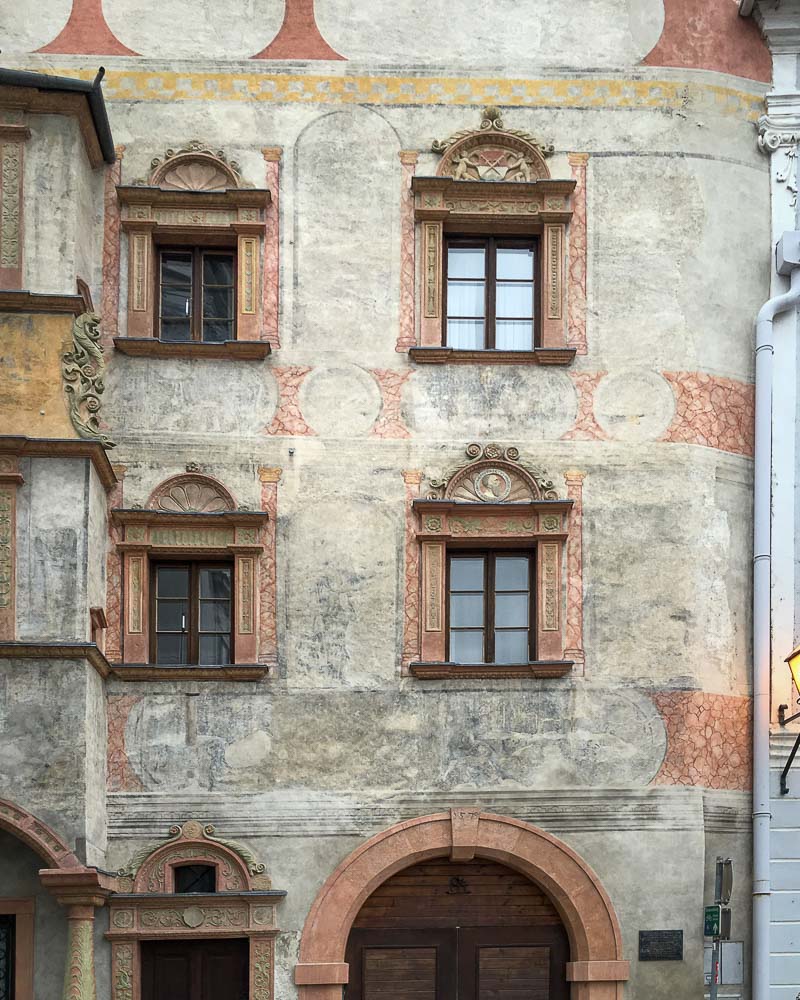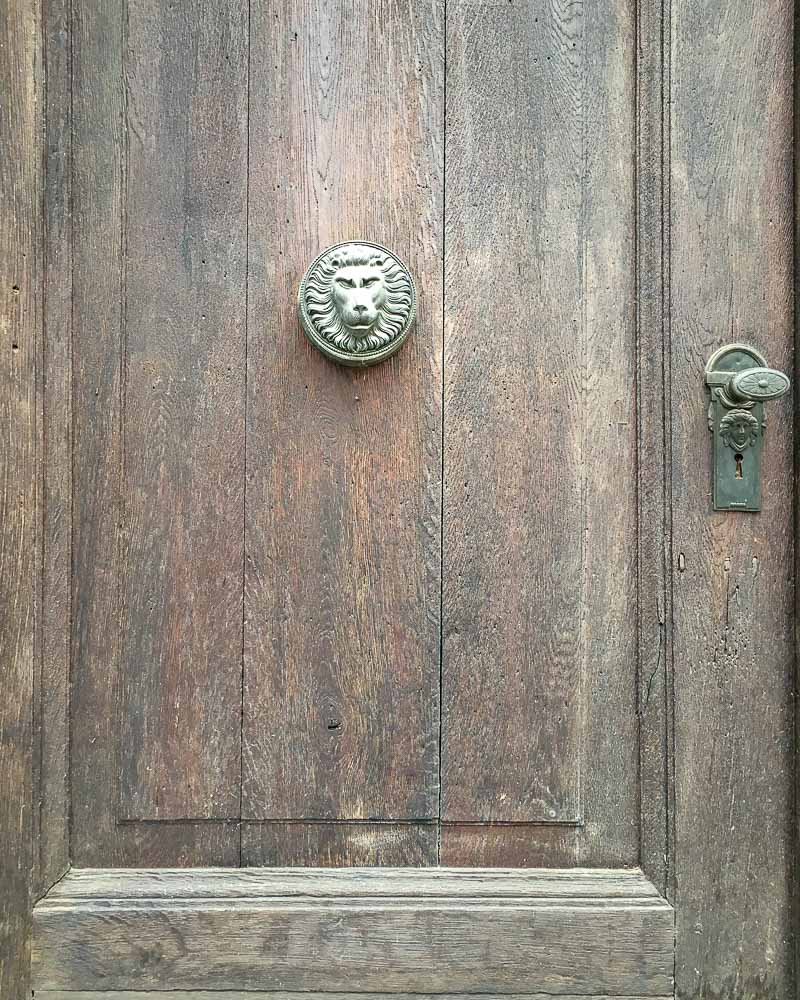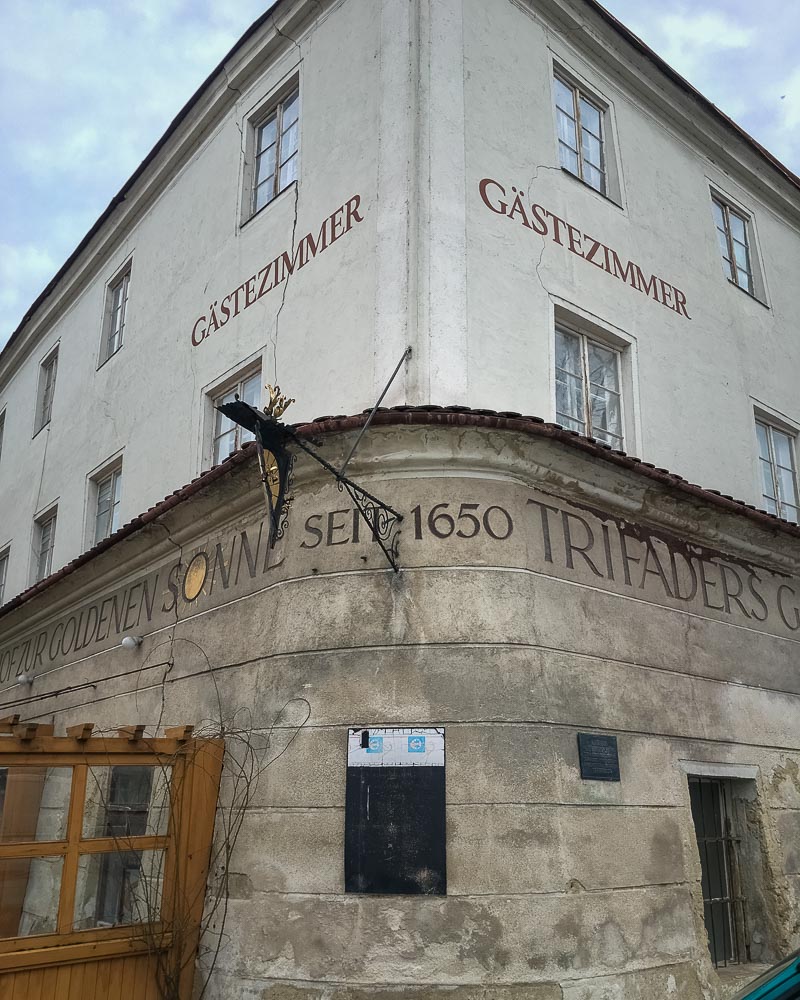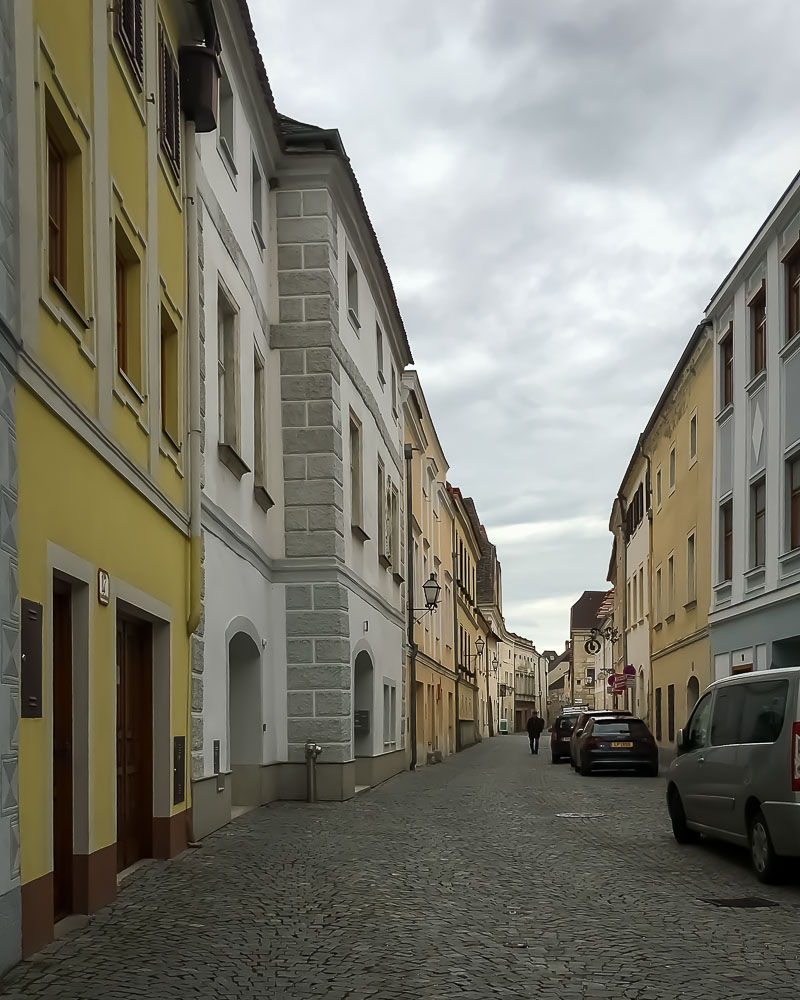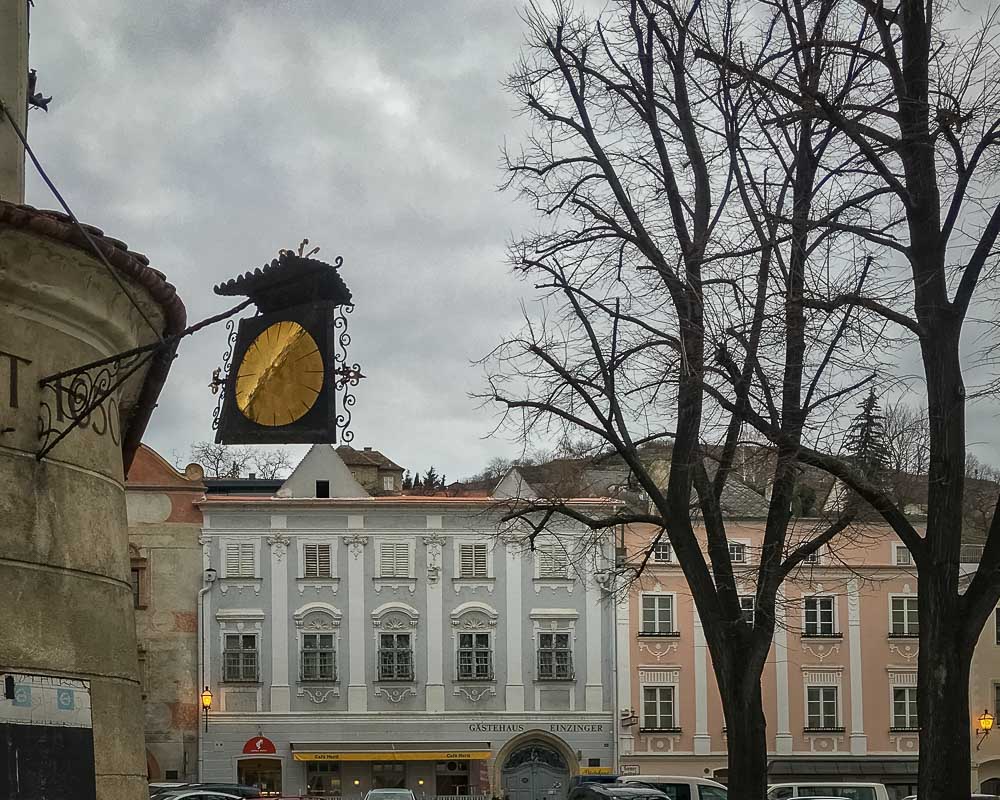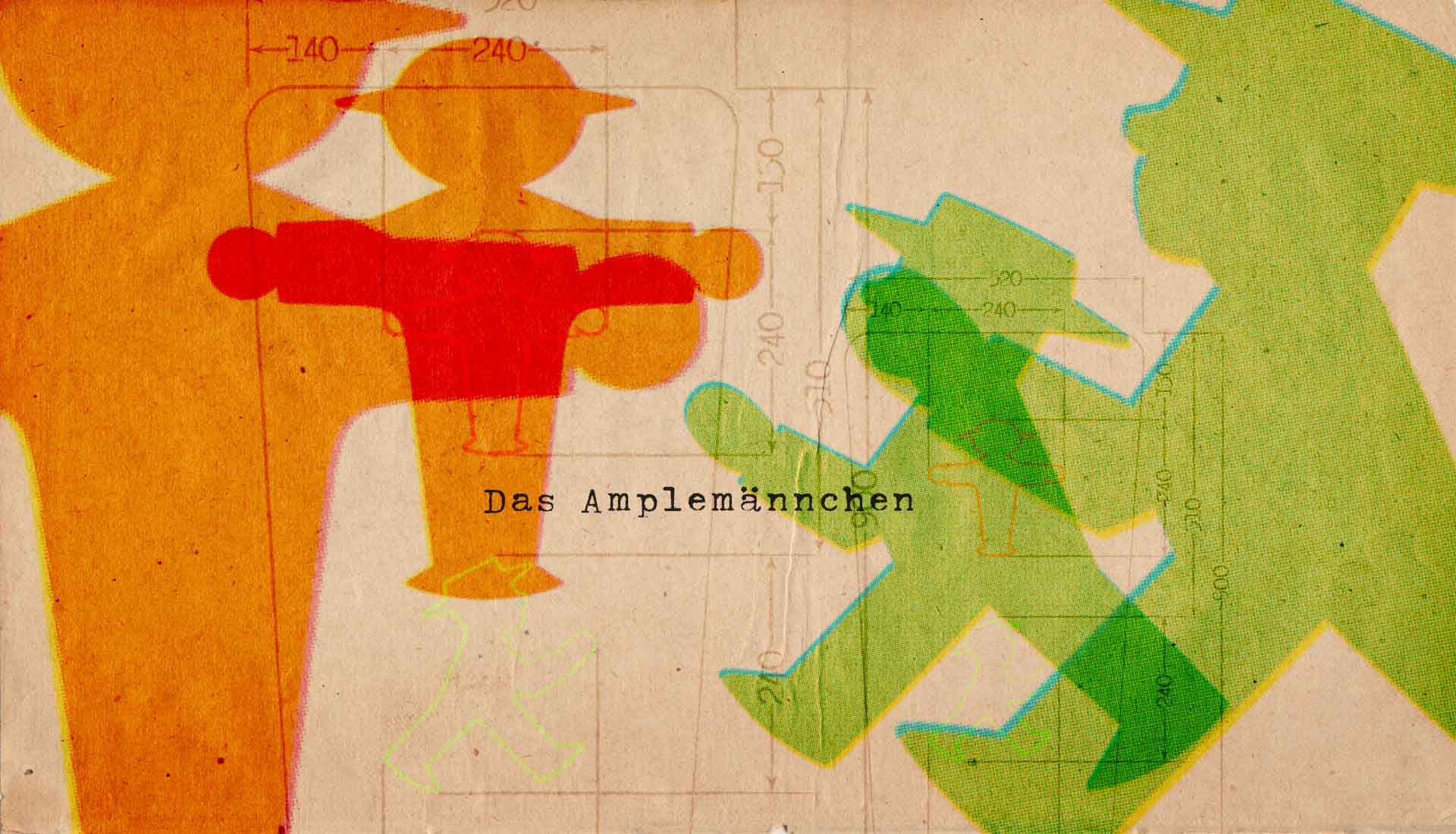e are slowly approaching a "tower" - it is the Steiner Tor and would have been the division between Krems and Stein. Steiner Tor is a gate originally built in the late 15th century but refashioned in the Baroque style in the city of Krems and is considered the symbol of the city.
Stein has been a district of Krems for only a short time of its existence – it was annexed to Krems in 1938. Stein is located at the beginning of the Wachau, on a relatively narrow stretch of riverbank. As a result, the settlement area is narrow and, therefore, is laid out in a east-west direction. The oldest settlements in the Krems-Stein area were not permanently inhabited, but date back to the Neolithic period. The riverside settlement below Frauenberg developed from the 11th century. In 1144 Stein was first mentioned and before 1200 it became a sovereign customs site. In the late 13th century there was an expansion of the town, which previously extended roughly from the present Köchelplatz to the present Schürerplatz; at this time the town wall was also built, which included several monastic reading yards and was extended around 1480. In 1263 the church of St. Nicholas was elevated to the status of the town parish church. The oldest written town charter dates back to 1305, but it probably dates back to the Babenberg period. Already at that time Stein was connected with the neighboring town of Krems by a common town charter and a common administration.
Outside the portal are towers flanking both sides, which, like the lower floor of the gate, date from the late Middle Ages and were once part of four such gates to the entrance of the city (the other three and the wall have since been razed. Celebrating the 700-year anniversary of the city in 2005, the Steiner Tor was restored to as close to the original as possible.
In the 15th and 16th century, the town experienced its peak as a trading town and now the town is characterized by the almost completely preserved buildings of this period. In 1645, after a year-long siege, the town was conquered by the Swedes during the Thirty Years’ War and subsequently reconquered by the imperial troops, during which a good part of the housing was destroyed. In the mid-19th century, the town grew, especially in the east. In 1839 a convent was built but it was abolished in 1848 and transformed into the Stein Penitentiary. In 1938, after the “Anschluss” of Austria, Stein, along with twelve other communities, was incorporated into Krems. The effects of Nazi rule lay in the inclusion of the Stein penitentiary in the Nazi terror apparatus. After WWII, Stein remained part of the statutory city of Krems and essentially shared its development.
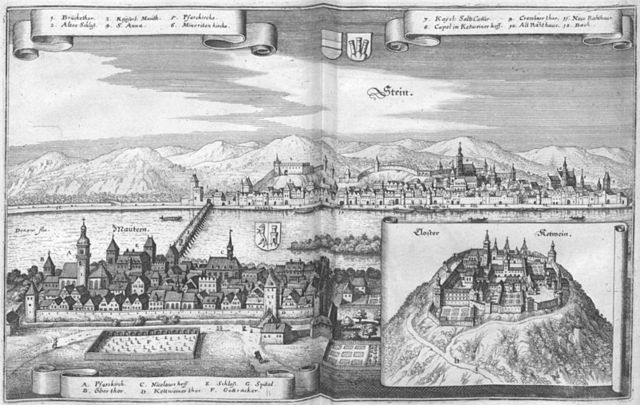
Passing through the Stiner Tor, I am greeted by a narrow road flanked on either side by tall buildings. Looking down the street, I see the buildings sporting different colors and architectural styles all converge on the vanishing point or disappear around a small bend in the road. Cars now line the edges of the street – there is no sidewalk. But it was not always so. I can imagine a different time – with people scurrying to and fro, people pushing hand carts, an occasional horse pulled cart – and all the history in this old town.
Off the main road are small twisting alleys barely wide enough for a car. Now paved, I am sure they were once just trails between houses bringing some one from one part of the town down to the main road (and river access) the quickest way possible. Small arches or bridges sometimes span the alleys, connecting the building on either side. Olaf tell me they are there to keep the buildings apart and upright – to keep from slowly creeping towards together over the centuries.
The buildings are old; their facades showing the wear of time. The colors faded and dirty, the elaborate decoration only now seen in parts but I can envision the splendor that they once held. Some buildings are more in disrepair than others but most proudly display their antiquity on their facades.
We are looking for another old haunt of Olaf’s but he is not able to remember exactly where it is. Luckily, the town is small and eventually we happen upon the place in question. It appears derelict…I cannot be sure there is activity within at any time of the day or night. Olaf says the food was wonderful but when the son took over, he was sure the business was not going to continue (the son is an idiot apparently). It is a shame, the eatery dates from 1650 and contains 2 gothic pillars (according to a plaque on the wall) and I am hungry.
Dismayed at the state of disrepair one of his favorite haunts, Olaf and I turn back toward Krems (and food…hopefully food). Soon we are back at the Stein gate and crossing back into Krems. In my opinion, Stein has more character than its larger, improved sister town and I am grateful for the brief travel back in time.


